
Interview with a member of an EOS

Before starting we would like to remind you that you can participate in all the interviews in our Discord channel, join by clicking here .
Today we bring you an interview with a fellow Marine Corps member who is a member of an Operational Security Team (EOS), we hope you like it:
1- How can you enter the EOS? How many there are? How many members are there?
Today it depends on whether there is a vacancy and the criteria that the commanders follow for one or the other to enter. An EOS is made up of 11 people: 1 SGTO, 2 CB1 and the rest soldiers/corporals.
2- Do you have to pass a course or training period to belong to an EOS?
Officially no, but it is said that soon some type of training will be required and the course will be requested to be eligible for a place in an EOS. Apart from that, as always, it depends on the managers if they want to carry out a selection process.
3- How often do you go out of maneuvers and what do you do?
It depends on the Tercio and how many EOS it has, on the independence that the company grants it, personally, I have been more involved in VIGMAR (maritime surveillance) than in maneuvers.
4-Do you give a lot of freedom in personal equipment or does everything have to be provided?
Although it depends on the command, generally yes, a lot of freedom is usually given. There are materials that cannot be replaced, since if you are injured while using other material than the one provided by the Navy... it can be a problem.
5-What material is used in the EOS?
Vertical work equipment (for material transfer, rappelling, Fast Rope...) G36KV rifle (short version), FN P9 pistol, Browning and minimi machine guns of both calibers and a shotgun that is used more than anything to burst locks.
6-How often do you go on a mission, what do you do on a mission? What types of missions do EOS usually do?
The missions are granted to the EOS of all the thirds and groups, more or less the mission goes out every 2 or 4 years.
There are several types of operations, when you go on a mission you can find everything, although depending on the area of operations and the itinerary to follow you can get an idea.
The tasks are: maritime surveillance, protection of maritime traffic routes, protection of infrastructure, counter-piracy, interception of weapons of mass destruction. Framed in other procedures are aid at sea and MIO operations that are usually carried out where there is some type of embargo on a certain area
7- What is a normal day on an EOS like?
Sports first thing in the morning and then... anything, from theory to going to a Navy ship to simulate a boarding.
8- What courses can you take while on the EOS?
You can request the courses you want, but the most valued, if I'm not mistaken, are precision marksman, medical and naval police.
9- When you are on a mission, on a frigate, what do you usually do?
When there are no orders from the officers, you depend on your Sergeant, in some way you always instruct yourself, but the normal thing is that some FPL (force protection level) is touched, they are a series of protection measures for the ship when it is in potentially conflictive area, what is done here is to occupy positions for the protection of the ship, your position may change depending on the FPL.
10- Do you consider that the EOS are an operational unit?
Of course, we are obviously at the mercy of going on a mission or not and what we are told to do while on a mission, we have a high degree of training and knowledge to solve any situation for which we are instructed.
11- As EOS, you are more in the barracks or outside doing maneuvers and missions
It depends on the year, there are some years when you only do 3 vigmars (about 15 days each) and another year you spend 270 days on board...
We read you in the comments.
If you want to enter the Military Academies of Officers and Non-Commissioned Officers (both in the Direct Access modality and in Access by Promotion) consult sermilitar.com for the material available to prepare access or visit the online storecompra.sermilitar.com
Tactical material at sermilitar.store
News
-
Bolsa de descarga Dump Bag Short - Templars Gear
Original price $51.00 - Original price $51.00Original price$51.00$51.00 - $51.00Current price $51.00La bolsa de descarga dump bag short de la marca polaca Templars Gears está fabricada en materiales de primera calidad. Tiene un diseño práctico y v...
View full detailsOriginal price $51.00 - Original price $51.00Original price$51.00$51.00 - $51.00Current price $51.00 -
Riñonera Velcro Utility pouch - Clawgear
Original price $50.00 - Original price $50.00Original price$50.00$50.00 - $50.00Current price $50.00La riñonera drop down velcro utility pouch de la marca austriaca Clawgear está fabricad en Cordura 500D con tratamiento NIR para reducir la marca i...
View full detailsOriginal price $50.00 - Original price $50.00Original price$50.00$50.00 - $50.00Current price $50.00 -
Riñonera táctica EDC G-Hook Small Waistpack - Clawgear
Original price $51.00 - Original price $51.00Original price$51.00$51.00 - $51.00Current price $51.00La riñonera táctica EDC G-Hook small waistpack de la marca austriaca Clawgear está fabricada en materiales de primera calidad como Cordura con trat...
View full detailsOriginal price $51.00 - Original price $51.00Original price$51.00$51.00 - $51.00Current price $51.00 -
Camiseta de tirantes Instructor Tank - GBRS GROUP
Original price $32.00 - Original price $32.00Original price$32.00$32.00 - $32.00Current price $32.00La camiseta de tirantes Instructor Tank de GBRS Group está fabricada en algodón 100%, cuenta con el logo de la marca estadounidense tanto en la par...
View full detailsOriginal price $32.00 - Original price $32.00Original price$32.00$32.00 - $32.00Current price $32.00 -
Bandera del aspa de borgoña con camuflaje árido pixelado - SERMILITAR
Original price $10.00 - Original price $10.00Original price$10.00$10.00 - $10.00Current price $10.00La bandera de la cruz de San Andrés de SERMILITAR cuenta con camuflaje en árido pixelado español en el fondo, el aspa es de color negro para contra...
View full detailsOriginal price $10.00 - Original price $10.00Original price$10.00$10.00 - $10.00Current price $10.00


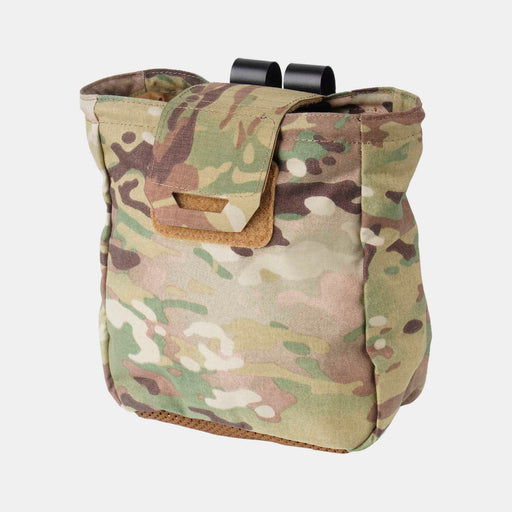
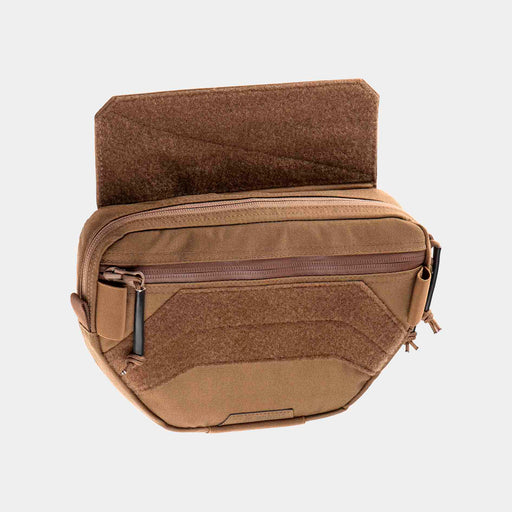
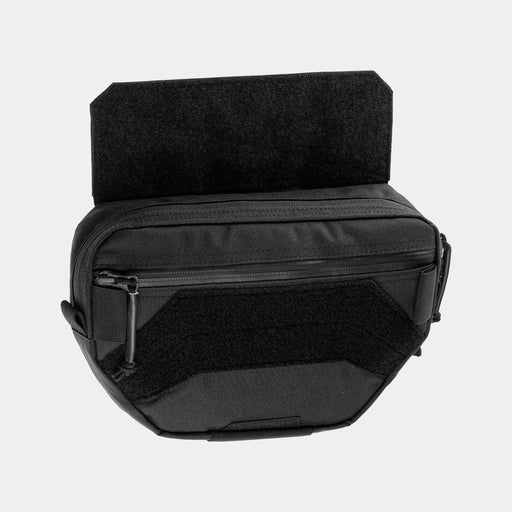
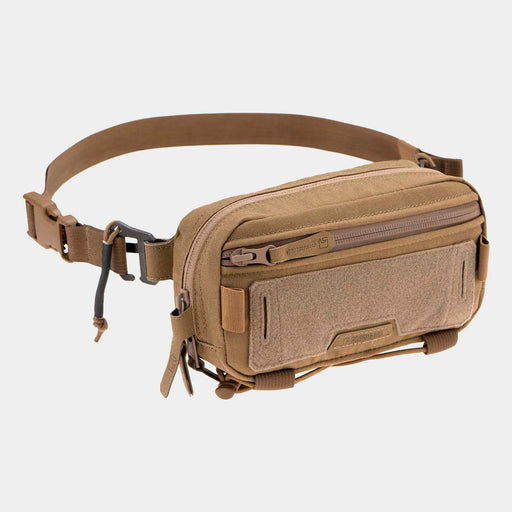
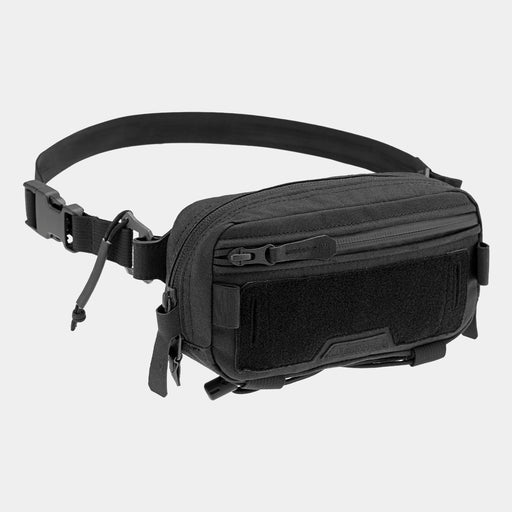


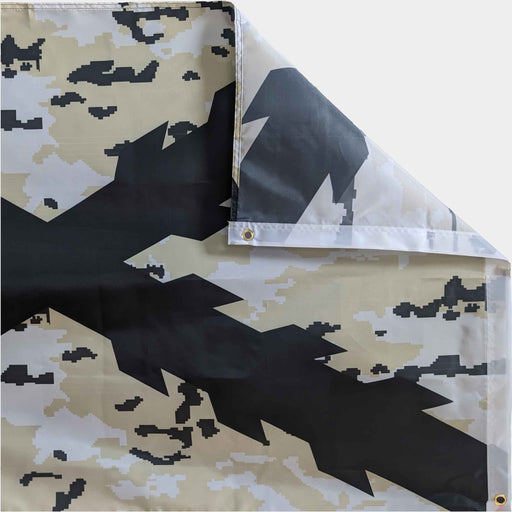
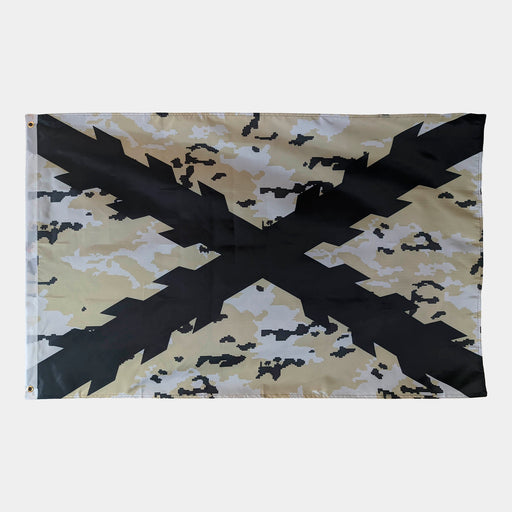
Leave a comment